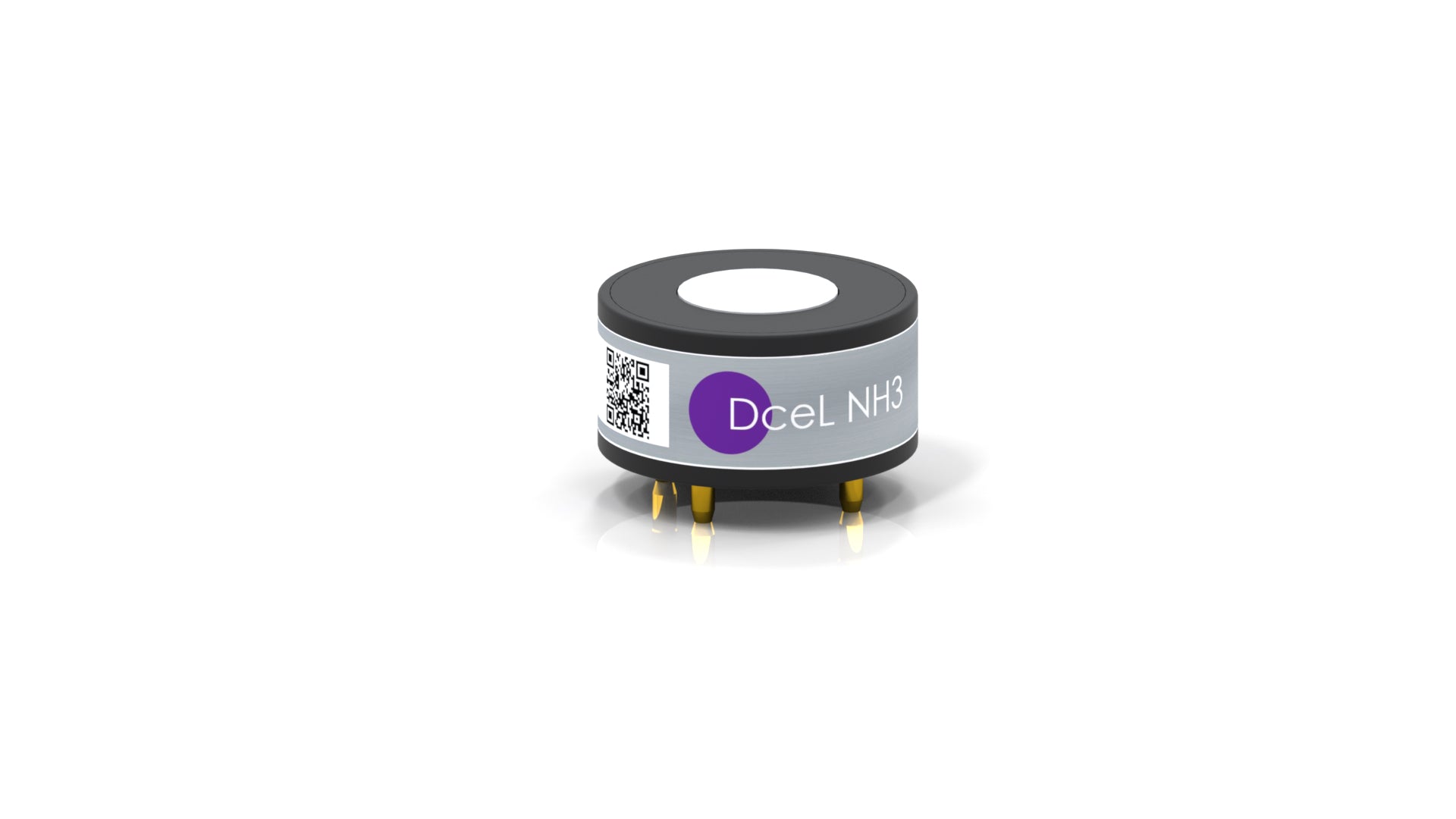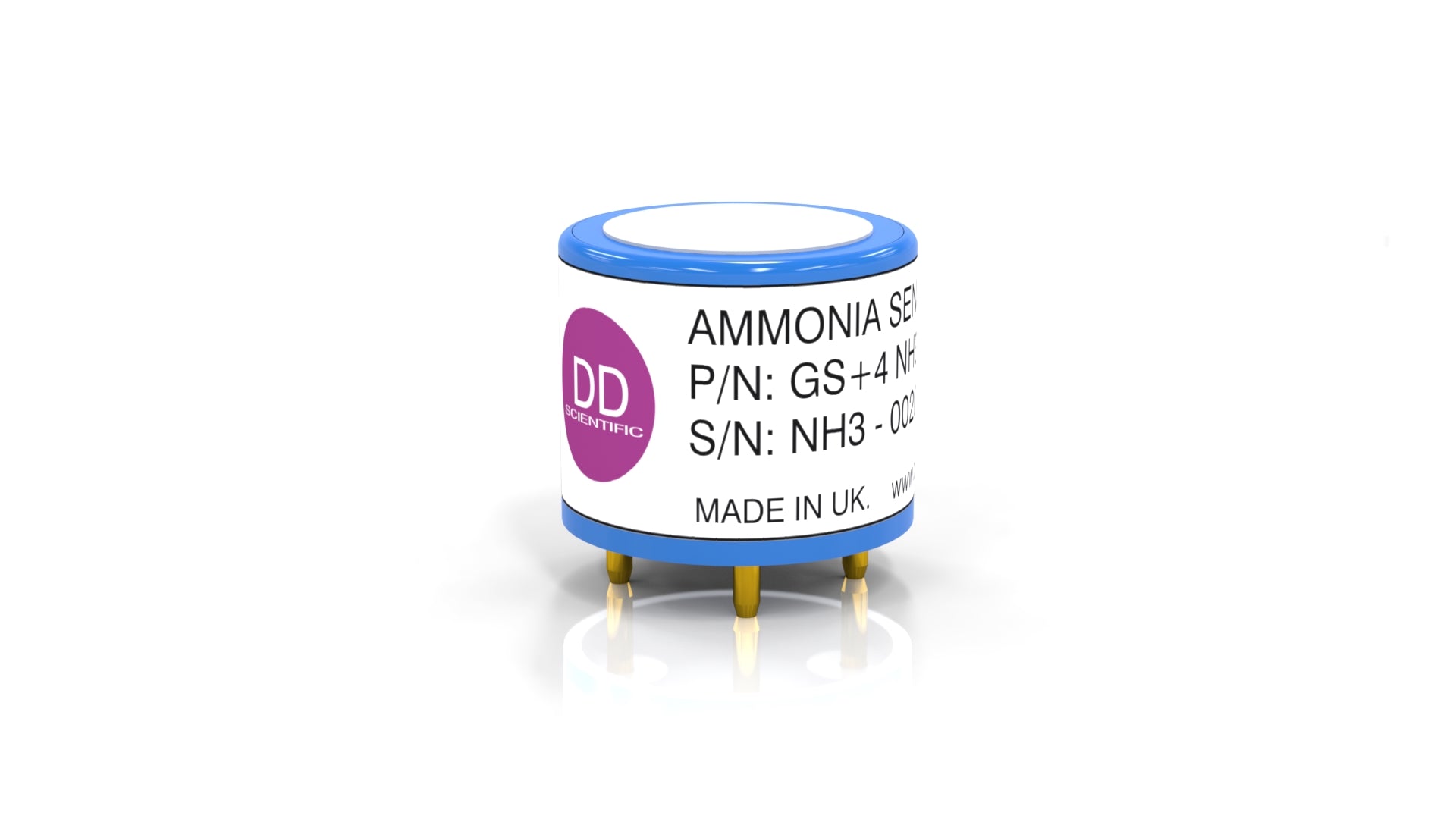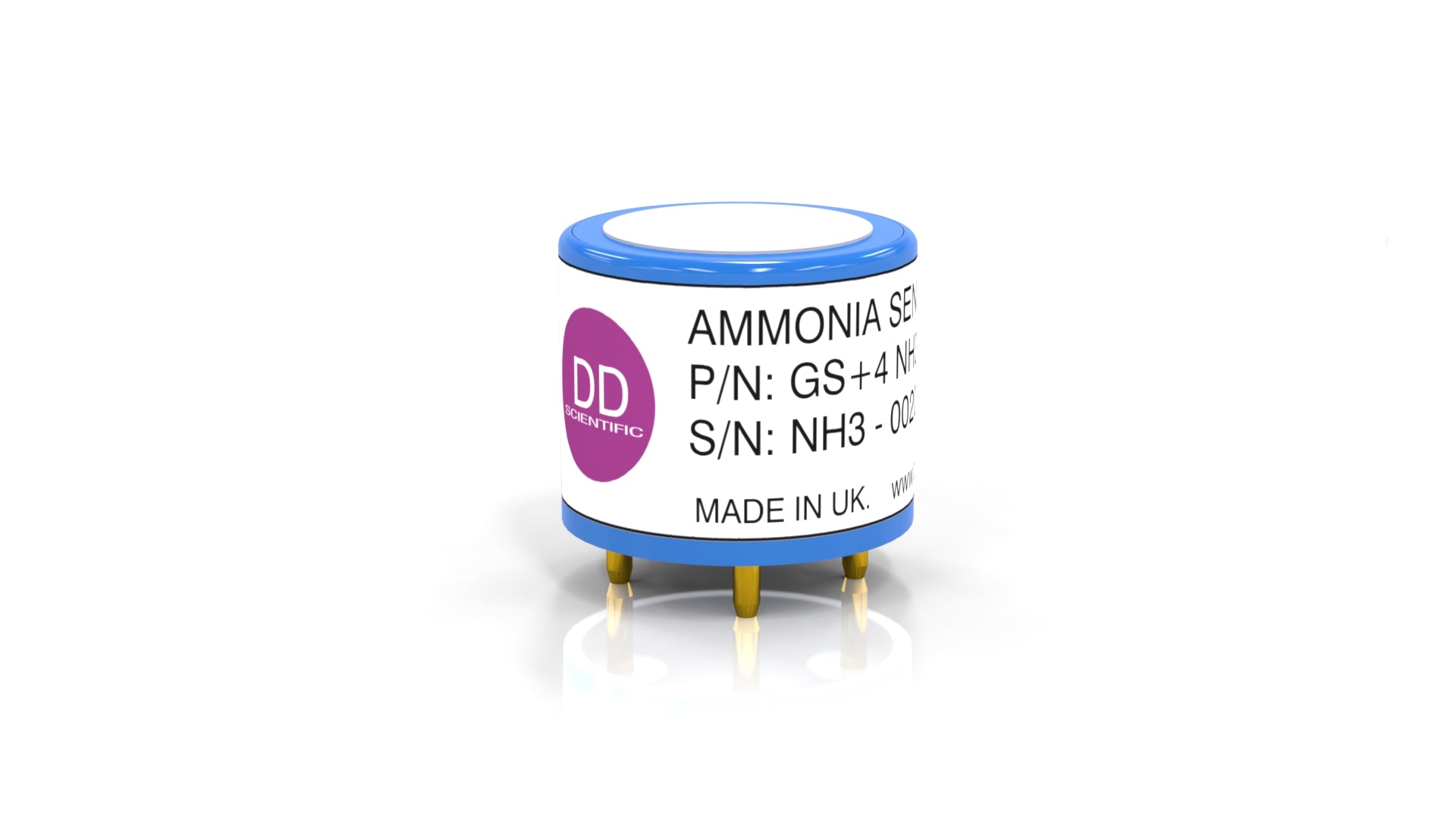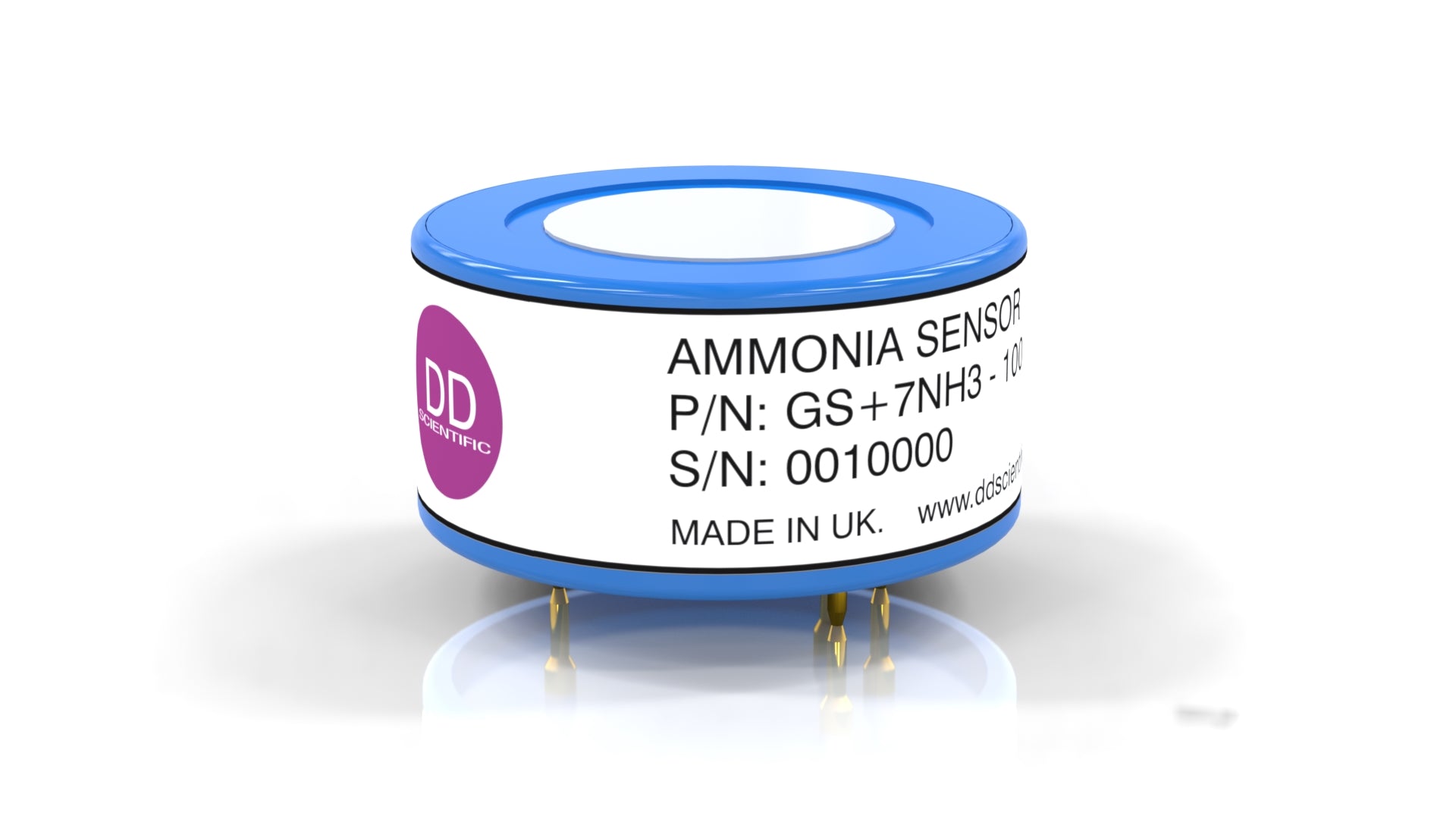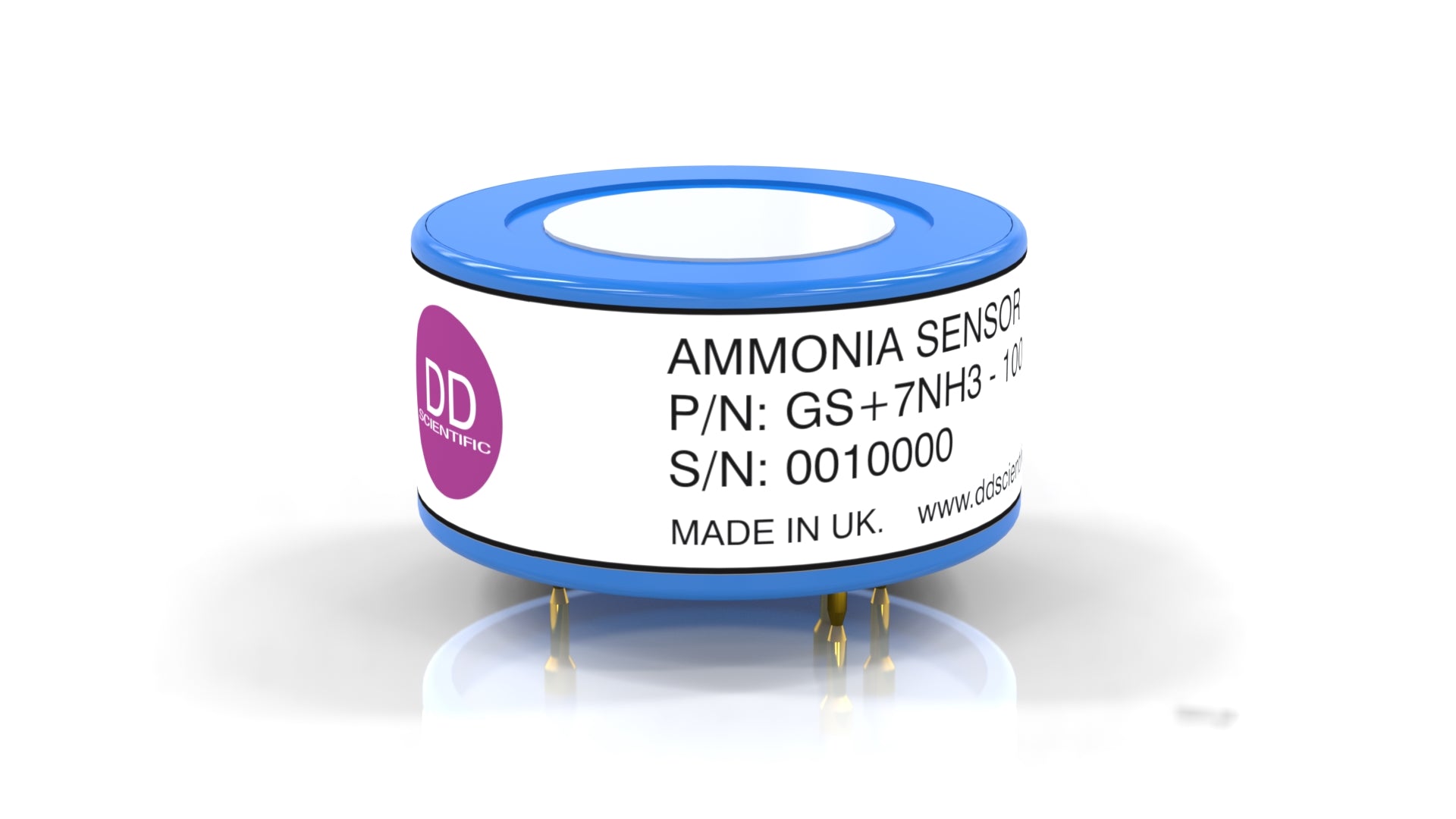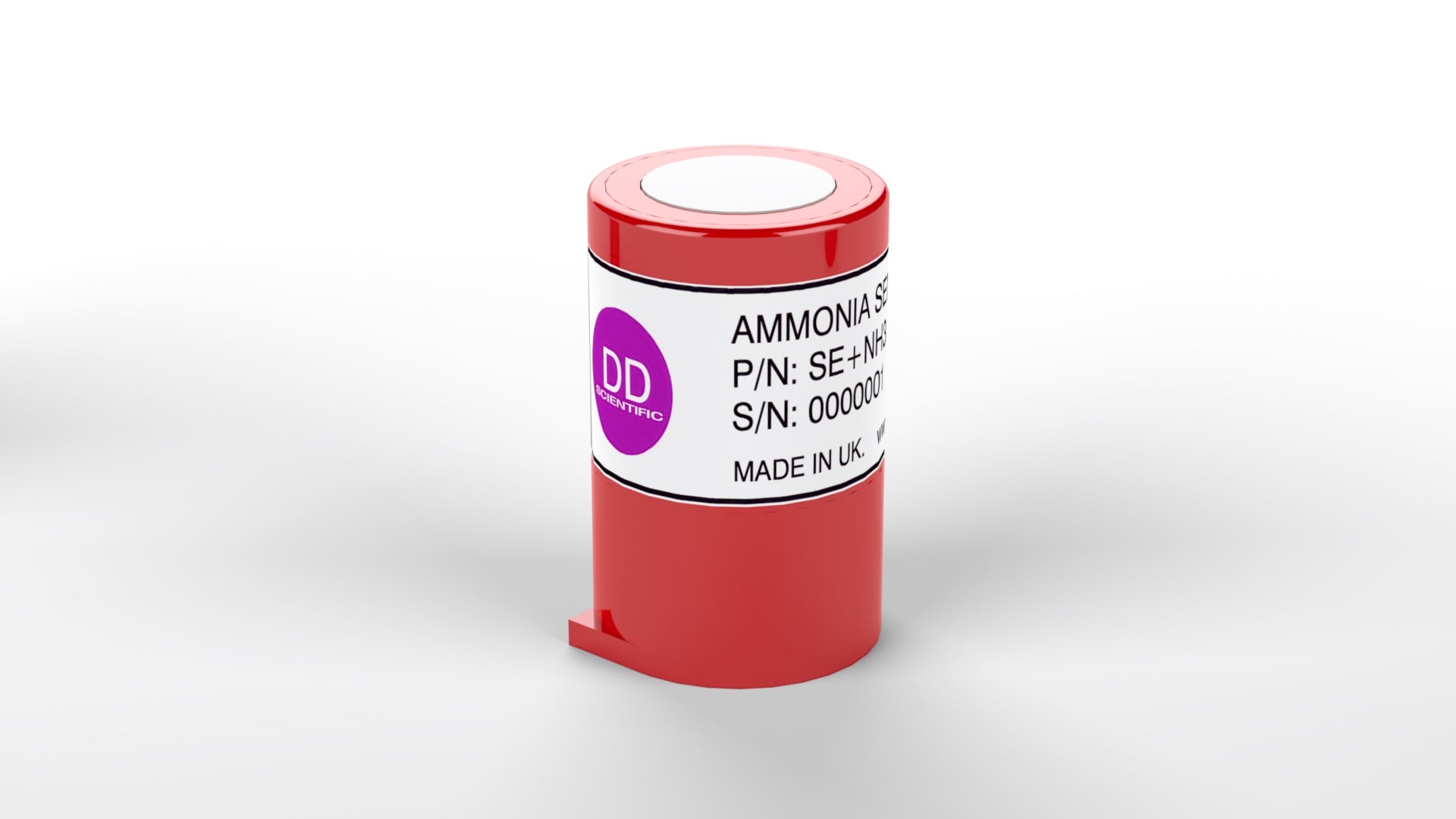Gas monitoring applications in Refrigeration sector include:
Refrigeration systems contain refrigerants such as chlorofluorocarbons (CFCs), hydrochlorofluorocarbons (HCFCs), hydrofluorocarbons (HFCs), and natural refrigerants like Ammonia (NH3) or Carbon Dioxide (CO2). Monitoring refrigerant concentrations helps detect leaks, which can pose environmental hazards and cause system inefficiencies. Early detection of leaks allows for prompt repairs, minimising refrigerant loss and preventing potential harm to the environment and human health.
Monitoring refrigerant levels and pressures is essential for maintaining system efficiency and performance. Low refrigerant levels can reduce cooling capacity and energy efficiency, leading to increased energy consumption and operating costs. Gas monitoring systems equipped with refrigerant sensors provide real-time data on refrigerant concentrations and system parameters, enabling operators to optimise system performance and identify potential issues before they escalate.
Many refrigerants used in refrigeration systems are potent greenhouse gases that contribute to global warming and climate change. Monitoring refrigerant emissions helps industries comply with environmental regulations and minimise their environmental footprint. Gas monitoring systems track refrigerant leaks and emissions, enabling industries to implement measures such as leak detection and repair programs, retrofitting with low-global-warming-potential (GWP) refrigerants, and improving system maintenance practices to reduce emissions and mitigate climate impact.
Some refrigerants used in refrigeration systems are toxic or flammable, posing health and safety risks to workers. Monitoring refrigerant concentrations in the workplace helps ensure safe working conditions and prevent occupational exposures. Gas monitoring systems equipped with toxic gas sensors detect hazardous concentrations of refrigerants, triggering alarms to alert workers and enabling prompt evacuation or corrective action to mitigate risks.
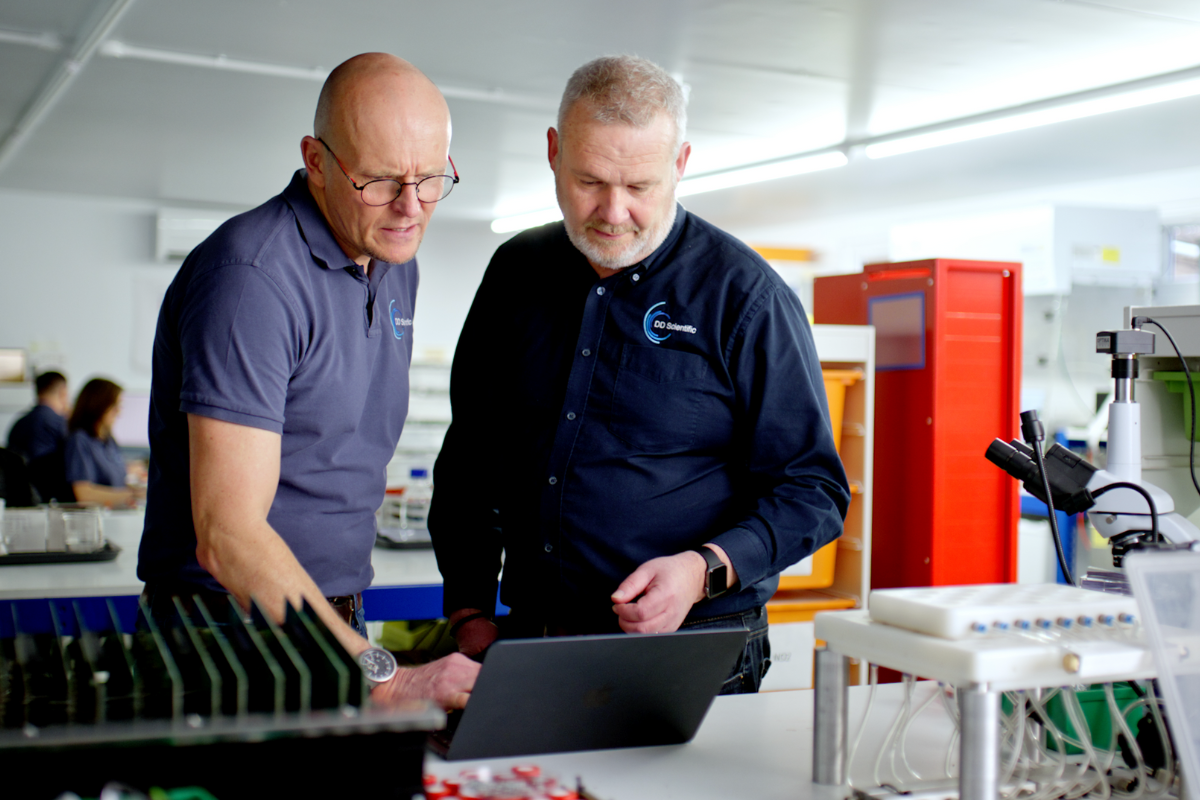
Refrigeration Sensors application support
We work with a broad range of customers in the Refrigeration Sensors sector and will be glad to discuss your specific needs, be it integration of DDS sensors or outlining the benefits our sensors can bring to your instruments.
To talk to one of our application specialists get in touch today.



